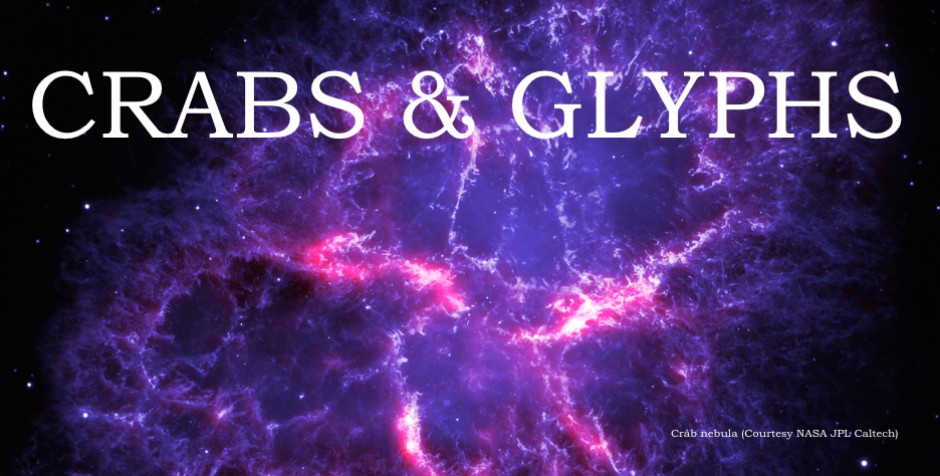The latest issue of Sky and Telescope (April 2018, vol. 135, No. 4, pp. 36-40) contains a well-written essay by James Romero of the original article, “Evidence of Eta Aquariid outbursts recorded in the classic Maya hieroglyphic script using orbital integrations” by the author and astronomer D.J. Asher in Planetary and Space Science (144 [2017] 112-125). He nicely emphasizes the likely “conflagrationesque” characteristics of the triple outburst that occurred on the morning of April 10, 531 and possibly noted by the astonomer/priests at Caracol, Belize on April 14, 531 (Maya Long Count 9.4.16.13.3 using correlation constant 584286 [Martin and Skidmore, 2012]) by the accession of K’an I, son of Yajaw Te’ K’inich I. Likely not an accident, Yajaw Te’ K’inich I took the throne on April 13, 484 also following an Eta Aquariid outburst by four days, 47 sidereal years before his son. It seems fairly certain that the Maya recognized the sidereal year, which was slightly longer than the solar year; as Dr. Michael Grofe, an archaeoastronomer and epigrapher from the Maya Exploration Center, is quoted by Romero as saying in the article, “It appears that the Maya were back-calculating mythological events using calculations of the sidereal year that appear to have accurately targeted the Eta Aquariid meteor shower.” Romero also brings out the astute work by D.J. Asher in predicting displays of the Leonid meteor shower in 1999, 2001 and 2002 (along with Robert H. McNaught).
On another note, the author uploads a compendium of Mesoamerican terms for meteors and meteorites published in the latest Philly Codex (October 2017-February 2018). Until now these terms have been have been scattered throughout the literature. Originally the author planned to include terms for comets, however that part will be included in a later issue of the Codex.
Hutch Kinsman

Leave a Reply